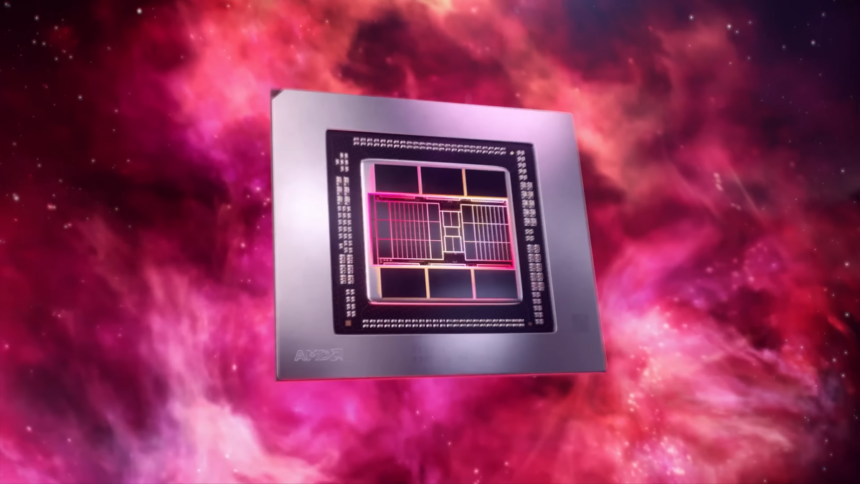After months of anticipation, AMD officially announced its next-generation Radeon RX 9000 series graphics cards, powered by the new RDNA 4 architecture, during CES 2025. The initial lineup includes three GPUs: the Radeon RX 9070 XT, RX 9070, and RX 9060, with availability slated for the first quarter of 2025.
While AMD has yet to confirm specifics, various reports suggest that the company may be stepping away from the ultra-high-end GPU market, traditionally dominated by NVIDIA’s flagship models, such as the RTX xx90 and RTX xx80 series.
Changing strategy with the Radeon RX 90
AMD has clarified that its latest high-performance GPUs, like the Radeon RX 9070 XT, are designed to compete just below NVIDIA’s top-tier offerings. The RX 9070 XT is expected to deliver performance on par with NVIDIA’s RTX 4070 Ti or AMD’s own Radeon RX 7900 XT.
The new RDNA 4-based Radeon series introduces a simplified naming structure, making it easier to compare AMD’s GPUs with NVIDIA’s lineup. For example:
- The Radeon RX 9070 aims to deliver similar performance to the RTX 4070 and potentially NVIDIA’s upcoming RTX 5070.
- The RX 9060 series will likely cover a range that includes the RTX 4060, RTX 4060 Ti, and AMD’s RX 7600 XT and RX 7800 XT, while also competing with NVIDIA’s future RTX 5060.
With these new GPUs, AMD aims to solidify its position in the mid-to-high-performance market by offering a competitive balance of performance and value, particularly for gamers and creators. More details on these cards, including pricing and benchmarks, are expected as their launch in early 2025 approaches.
AMD FSR 4 and advances with RDNA 4 architecture
During a closed press briefing, AMD shared some insights into its upcoming RDNA 4 graphics cards but did not disclose detailed specifications or performance benchmarks. The presentation highlighted key architectural advancements, including:
- Optimized Compute Units (CUs): Enhancements aimed at boosting overall performance efficiency.
- Second-Generation AI Accelerators: Designed for improved AI-driven workloads and graphics tasks.
- Third-Generation Ray Tracing Accelerators: Offering better ray tracing performance compared to previous generations.
AMD also emphasized the Radiance Display Engine, now in its second generation, which promises higher-quality video encoding and enhanced display capabilities for the Radeon RX 90 series.
Additionally, AMD officially introduced FSR 4 (FidelityFX Super Resolution 4), which incorporates AI-driven upscaling similar to NVIDIA’s DLSS. FSR 4 will leverage the new AI acceleration cores in RDNA 4 GPUs to deliver improved image quality and performance through Super Resolution and frame generation technologies.
AMD confirmed that major partners like ASUS, Sapphire, XFX, ASRock, and Gigabyte will begin launching their RDNA 4-based GPU models starting in the first quarter of 2025.





